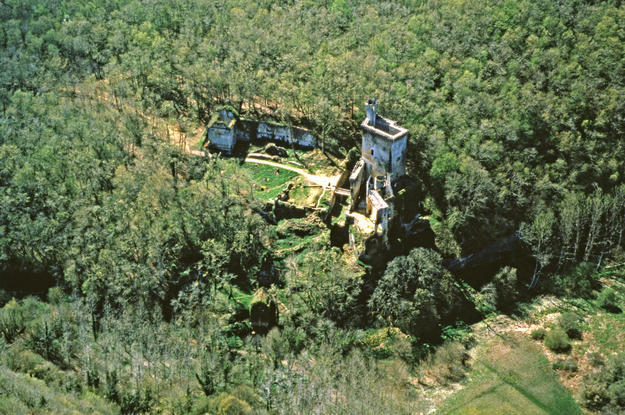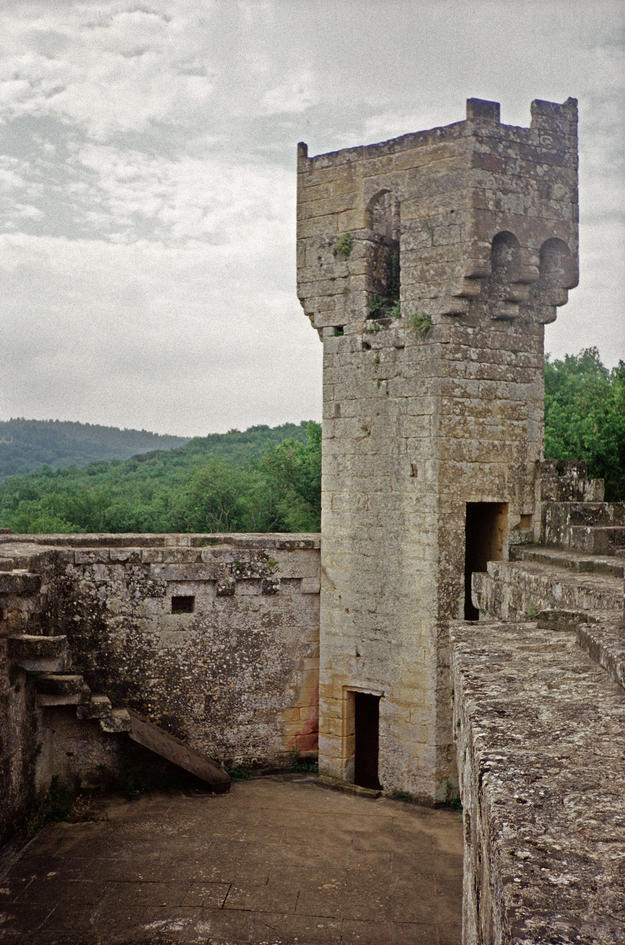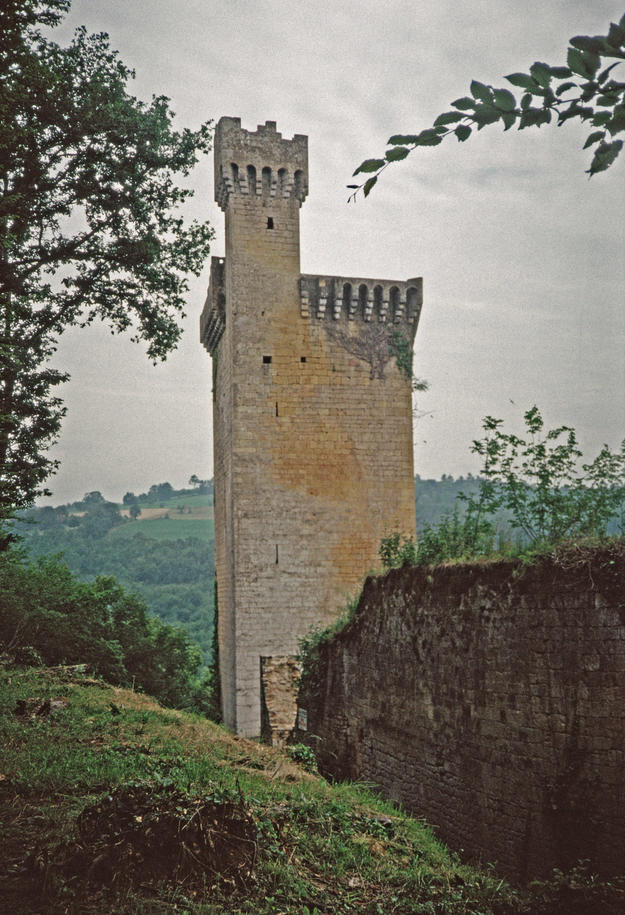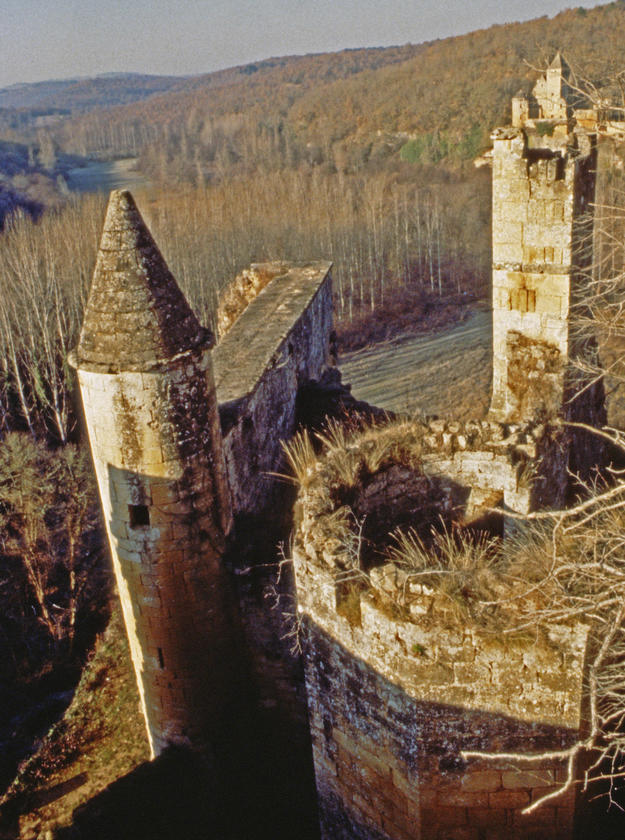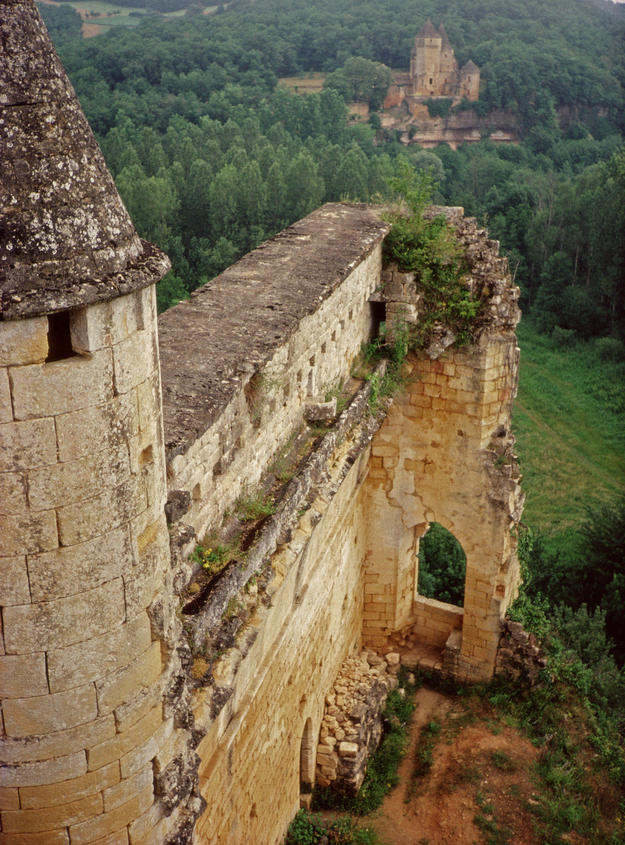Château de Commarque
Chateau de Commarque began as a simple wooden tower in the lovely Dordogne region of southwest France, in the twelfth century. The abbot of Sarlat selected the site, at the intersection of two important thoroughfares. A stone keep replaced the original wooden structure and the castle expanded into a larger complex, a protective point around which a small village formed. In the middle of the fourteenth century, the chateau was taken by the powerful Beynacs family, and subsequently occupied by military forces during the Hundred Years’ War (1337–1453) and the French Wars of Religion (1562–1598). The castle’s prominence gradually faded, and the once vital complex was abandoned in the early seventeenth century. Since 1943, however, the site has been a monument historique, a designation bestowed by the French Ministry of Culture.
Maintaining the site’s structural and architectural integrity
The area still has an untouched beauty, making Commarque a unique tourist destination. A neglected but intact marker of centuries of French history, the chateau had to be preserved. Also in the area are caves, the walls of which are covered with prehistoric art; a Carolingian chapel; the prominent medieval keep; and numerous supporting structures. In the early 1990s, World Monuments Fund created a comprehensive study and conservation plan for the grounds and buildings. A team completed historical analysis of the site, identifying six distinct building phases over 500 years, with detailed studies of architectural and archaeological features. While the castle complex was, for the most part, structurally stable when WMF began its work, some areas required intervention. These were identified and addressed.
WMF’s efforts at Chateau de Commarque helped to maintain the site’s structural and architectural integrity and the complex’s building phases, as well as presented a balanced representation of the settlement’s long history.

